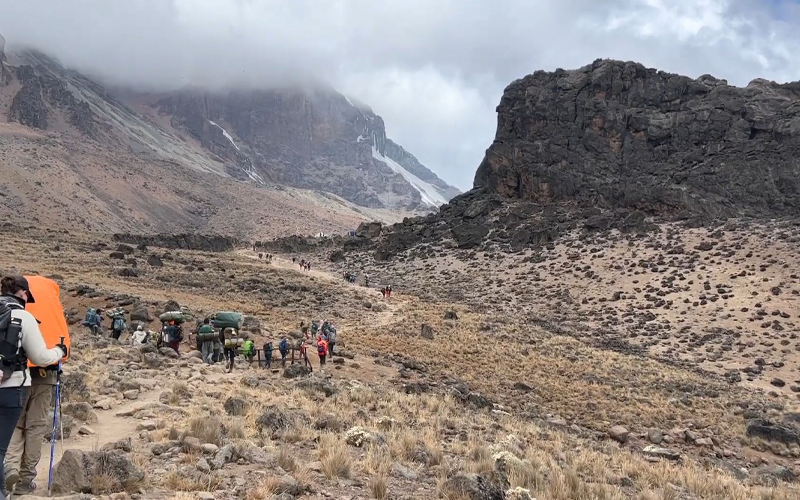Tanzania’s New Safari Packages: Explore the Wild in 2025
“Not ready to start yet?”
“Schedule a quick, 15-minute call with an expert tour operator to get ideas on where to go and how long to spend in each place.”
fluentformpro domain was triggered too early. This is usually an indicator for some code in the plugin or theme running too early. Translations should be loaded at the init action or later. Please see Debugging in WordPress for more information. (This message was added in version 6.7.0.) in /home/kiliedve/public_html/blog/wp-includes/functions.php on line 6121Mount Kilimanjaro, the “Roof of Africa,” remains one of the most iconic trekking adventures in the world. Rising to an impressive 5,895 meters (19,341 feet), it’s the highest free-standing mountain on Earth and a bucket-list challenge for trekkers across the globe. If you’re planning to conquer Kilimanjaro in 2025, this guide will provide you with all the essential tips to ensure a successful and memorable climb.
Kilimanjaro offers several routes, each varying in difficulty, scenery, and acclimatization success rates. Here’s a quick overview:
Pro Tip: For the best chance of reaching the summit, choose an itinerary lasting at least 7 days.
Kilimanjaro can be climbed year-round, but weather conditions greatly affect the experience. The two main trekking seasons are:
1. Dry Seasons:
2. Wet Seasons:

Climbing Kilimanjaro requires proper physical and mental preparation.
Climbing Kilimanjaro can cost between $2,000 and $6,000, depending on the route, operator, and duration. Key expenses include:
Altitude sickness is the primary challenge in Kilimanjaro. Reduce risks by:
Pro Tip: Know the symptoms of Acute Mountain Sickness (AMS), such as headaches, nausea, and dizziness, and communicate with your guide immediately if you feel unwell.
Here’s a quick checklist of items you must bring:
With the post-pandemic travel industry now in full swing, 2025 promises improved trekking infrastructure, fewer crowds on certain routes, and plenty of local operators offering tailored packages. Plus, it’s an excellent year for adventure travel, as many are seeking unique outdoor experiences.
Climbing Kilimanjaro in 2025 is more than just a physical challenge; it’s a transformative adventure that will leave you with lifelong memories. With proper preparation, the right mindset, and a bit of determination, you can stand tall on Africa’s highest summit.
Explore the Highlights:
Your journey awaits – start planning today!
Sign-up to get top travel tips, the coolest new videos and the best on the road stories straight to your Inbox. Plus You'll be the first to hear about our discounts and deals
Leave a comment